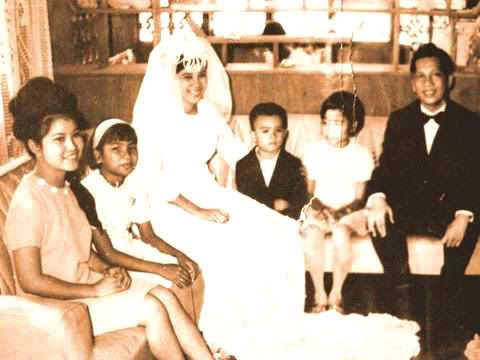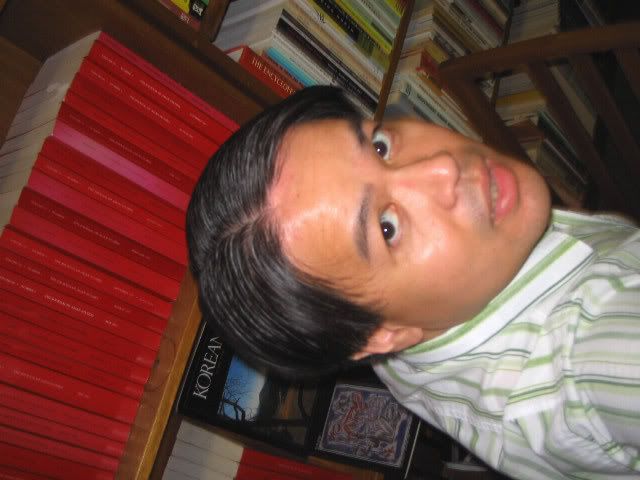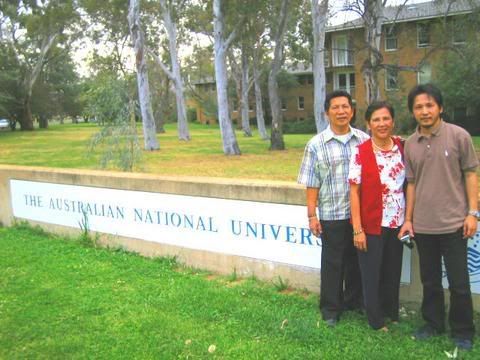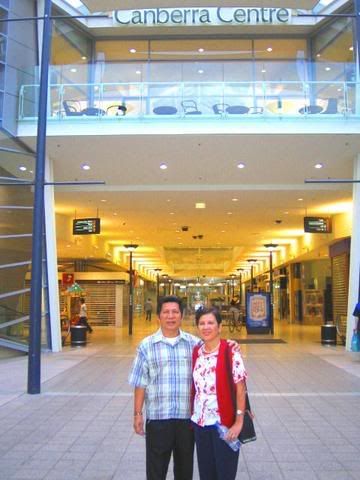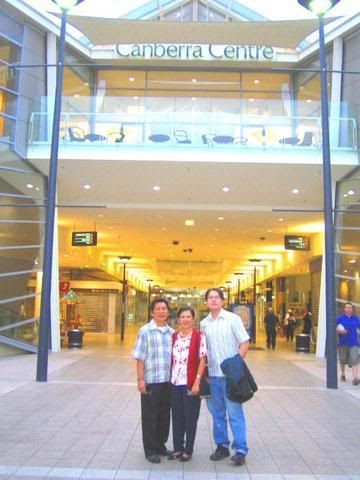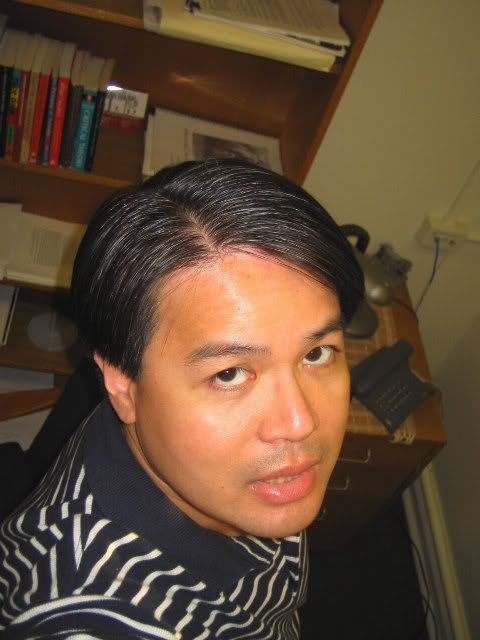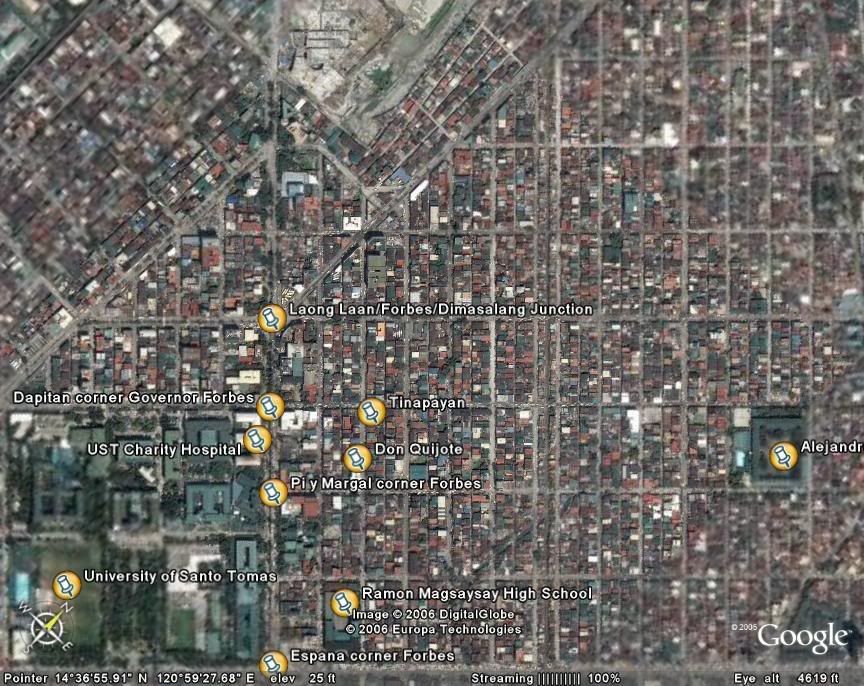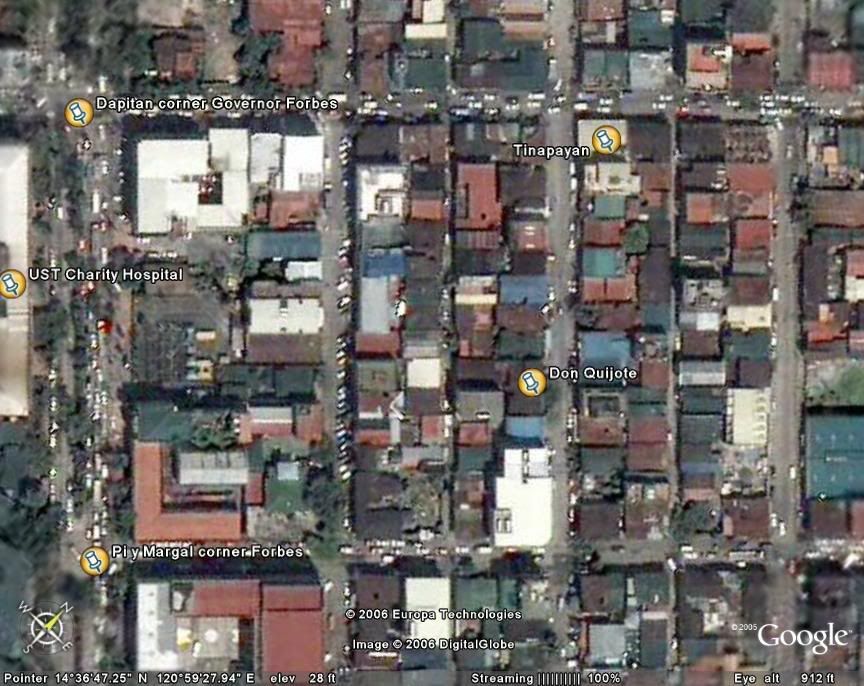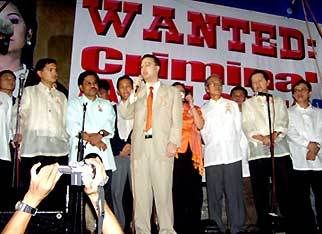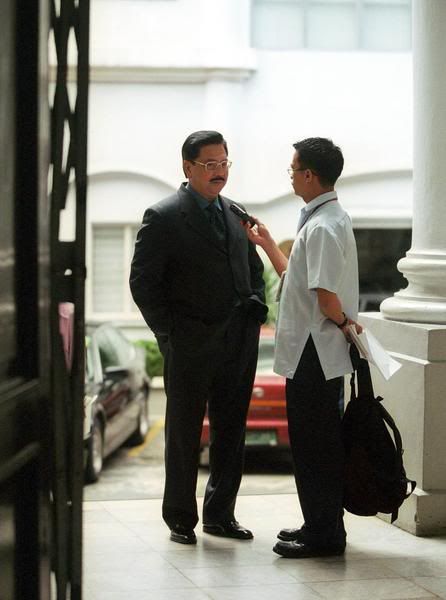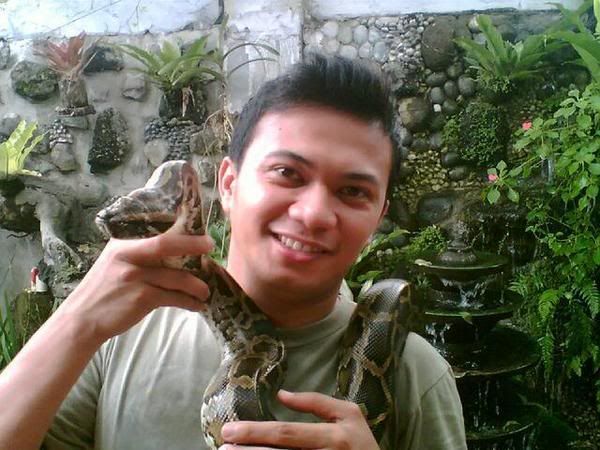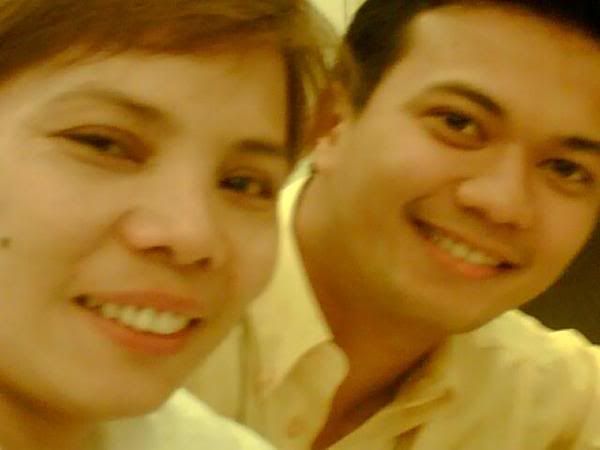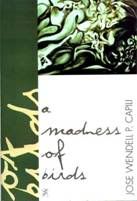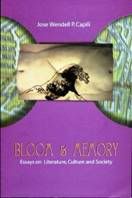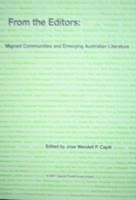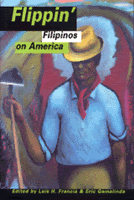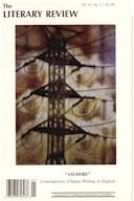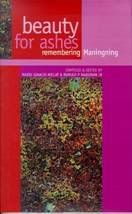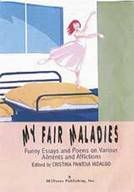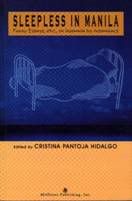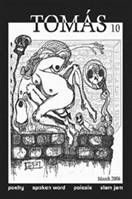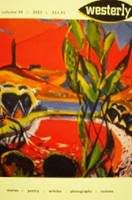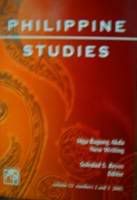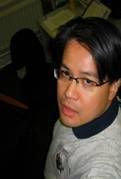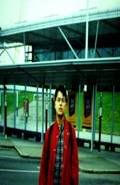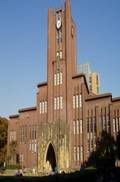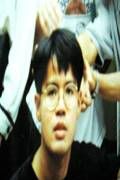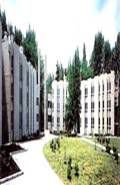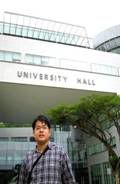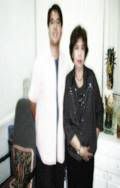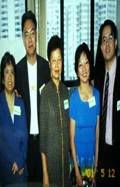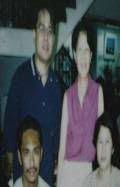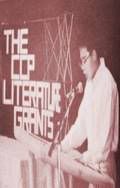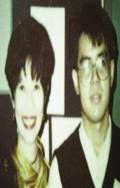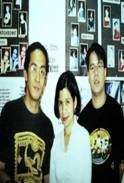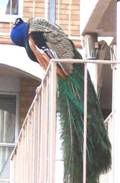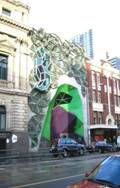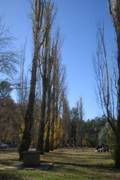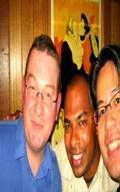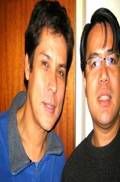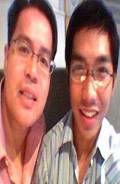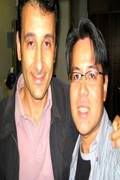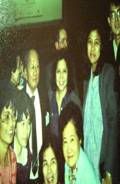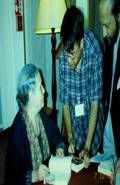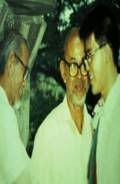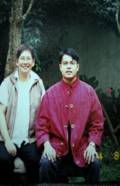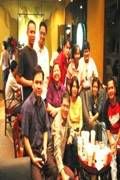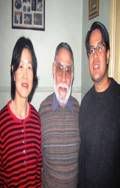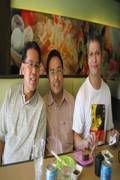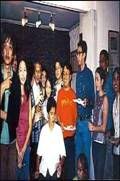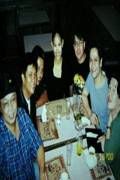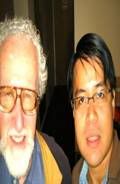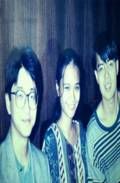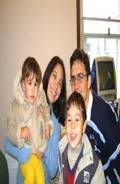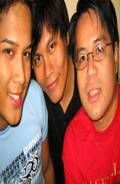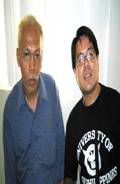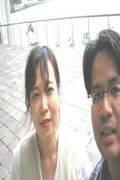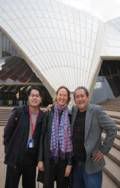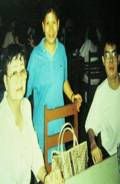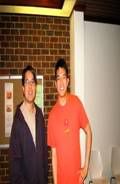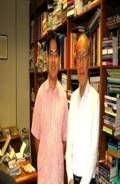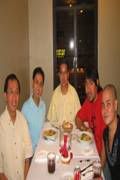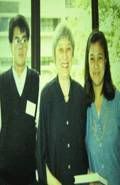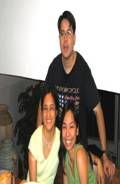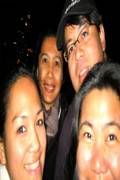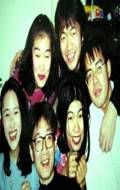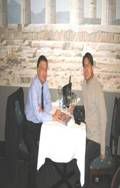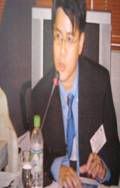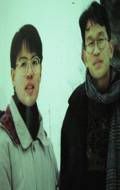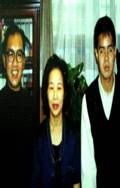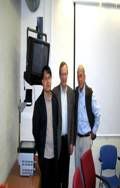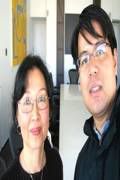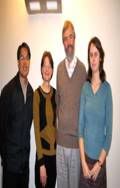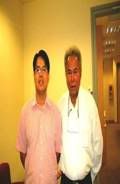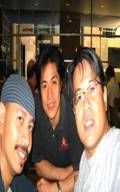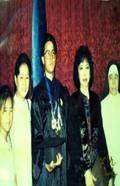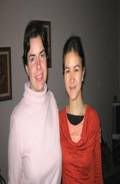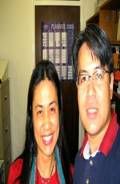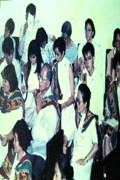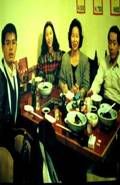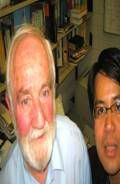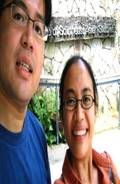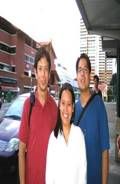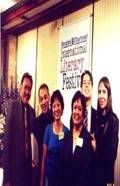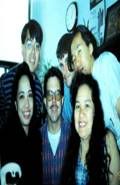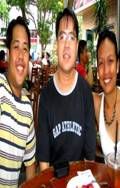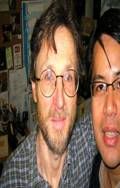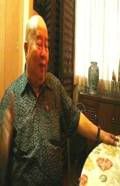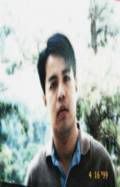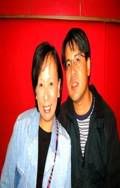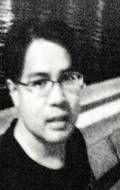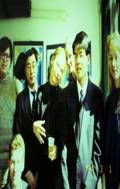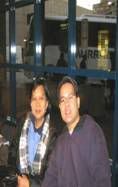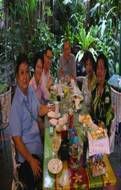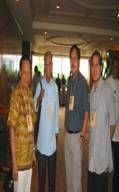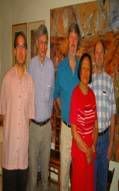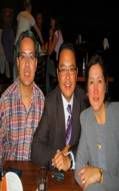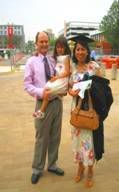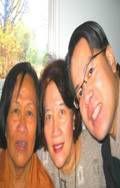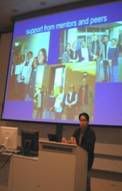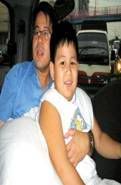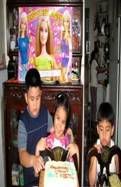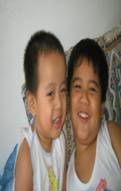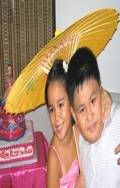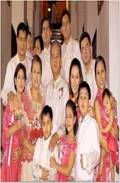World's Best by UP Professor Michael Tan
World's Top Universities
001-200
200-520
SOME time back, i wrote about the ratings of Asian universities given by Asiaweek magazine. Sadly, Asiaweek has closed down, so I thought we would no longer be able to compare universities in the region.
But it turns out that there are global surveys as well, one of which was just released last Oct. 5. This is the Times Higher Education Supplement-Quacquarelli Symonds (THES-QS) World University Rankings. With thousands of universities in the world, it is an honor to make it to this list, which is based on several criteria, including faculty-to-student ratios and ratings given by more than 3,000 academicians and 700 leading international employment recruiters.
How did the Philippines fare? I'm going to keep you in suspense and just say, for now, that four of our universities did make it to the top 500 universities.
Global ranks
Let's look first at the THES-QS list of 20 leading universities. Note that there are ties so there might be occasional skipping of numbers: Harvard (1st), Cambridge (2nd), Oxford (3rd), Massachusetts Institute of Technology and Yale (tying for 4th), Stanford (6th), California Institute of Technology (7th), University of California in Berkeley (8th), Imperial College London (9th), Princeton (10th), University of Chicago (11th), Columbia (12th), Duke (13th), Beijing University (14th), Cornell (15th), Australian National University (16th), London School of Economics (17th), Ecole Normale Superieure (18th), National University of Singapore and Tokyo University (tying for 19th).
Most of the universities are American and British, but there is also representation from Australia, France, China, Singapore and Japan. Most of the leading American universities are private; in fact, on that top 20 list, the University of California Berkeley is the only American public institution. When I went on to the top 500 universities, I found that in all countries of the world, with the glaring exception of the United States and one other country (which I'll name later but which you may have guessed), state universities lead in the rankings.
Asia's best
I decided to pull out the Asian (to include Australian) universities from the THES-QS list and found that among the world's 500 leading universities, 90 are from Asia. Japan leads with 28, followed by China (including Hong Kong) with 16, Taiwan with 8, South Korea and Thailand with 7 each, Malaysia, Indonesia and the Philippines with 4 each, Australia with 3, Singapore with 2 and Bangladesh with one.
Do be careful with those figures since it's not just a numbers game. Australia and Singapore have few universities on the list, but they are all high up in the ranking.
Enough with the suspense. Let's look at how the Philippines did. The University of the Philippines (UP) came in 299th globally and 47th among Asian universities. I have to say that's not too bad, considering how UP has had to plod along with shrinking budgets and with the flight of so many good professors. Trailing behind UP were three private universities: De La Salle (392nd), Ateneo de Manila (484th) and, talk about a photo finish, the University of Santo Tomas at 500th.
Lessons
Instead of bombarding you with more numbers, I'm going to analyze those rankings and spell out three important implications for our own educational system.
First, you don't need to be a rich country to have good universities, India being the best example. Even before independence, Indian nationalists had formed a commission to plan out their future and early on, they sought to form a network of science and technology institutions. After independence, funds were put in to establish a whole network, with several Indian Institute of Technology (IIT) campuses. IIT ranked 57th in the THES-QS global list.
Indonesia, a country less developed than the Philippines, is another example. It had three universities, all state-run, beating us in rankings: University of Indonesia (250th), Bandung Institute of Technology (258th) and University of Gadja Mada (270th).
Second, the other countries seem to recognize that excellence in education must be spread out throughout the country. Note that our four best universities are all in Metro Manila. In contrast, the Indian Institute of Technology has campuses in several states, all of which fared quite well when Asiaweek rated each unit back in 2000. The three Indonesian universities I just named are all on the island of Java, but at least they're found not just in the capital, Jakarta, but also in Bandung and Yogyakarta.
Thailand's best universities -- Chulalongkorn, Thammasat, Mahidol, Kasatsart, Chiang Mai, Khon Kaen and Prince of Songkla -- are all state universities and they are located in different parts of the country.
Third (and I've made this point time and time again), the state needs to invest in universities. The THES list is clear in showing that, with the exception of the United States and the Philippines, the leading universities in every country are state-owned. Sure, UP is the leader in the Philippines, but in other countries, several state universities – not just one -- made it to the THES list.
Most governments in the world have the wisdom to look at education as something too important to leave to "free market forces" (read: "profit"). Unless we learn from them, we will continue to see more diploma mills, more scandals in licensure exams and more Filipinos having to work overseas as cheap labor to develop other countries. Note that the THES-QS rankings also relate to international competitiveness, meaning if you graduate from those that lead in the rankings, you also stand a better chance of getting a well-paying international job.
UP is still among the world's best, but if we worked harder on the entire educational system, we should have more reason to be proud. Ultimately, we should be able to look at these university rankings as indicators of our current development strategies, as well as predictors of the country's future.

university of cambridge
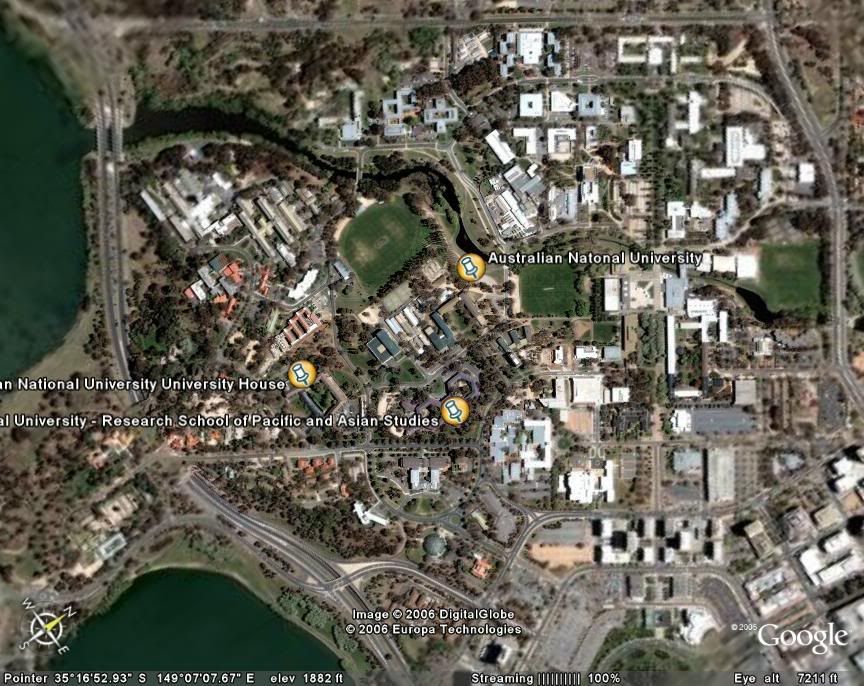
australian national university
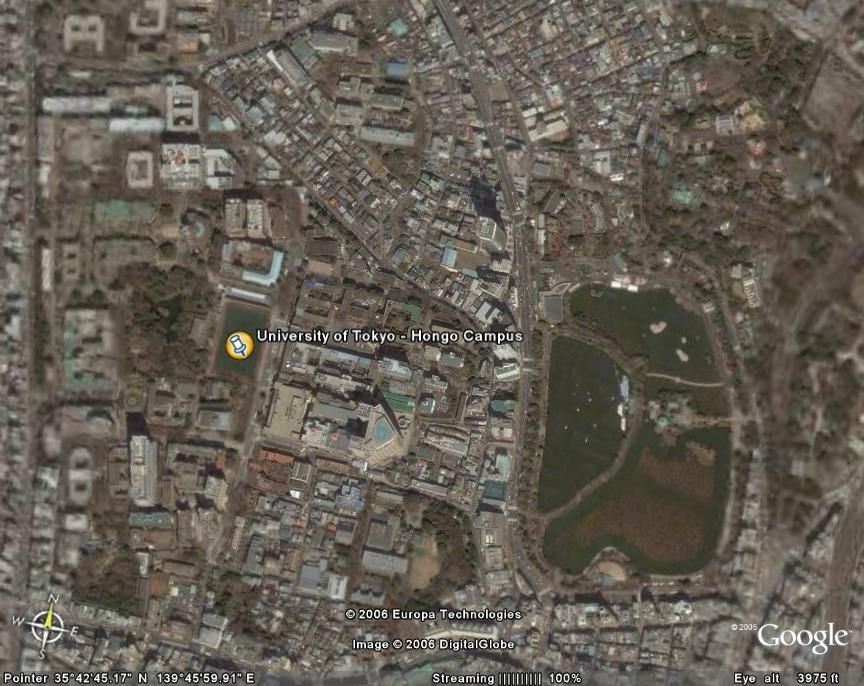
university of tokyo (hongo)

university of tokyo (komaba)
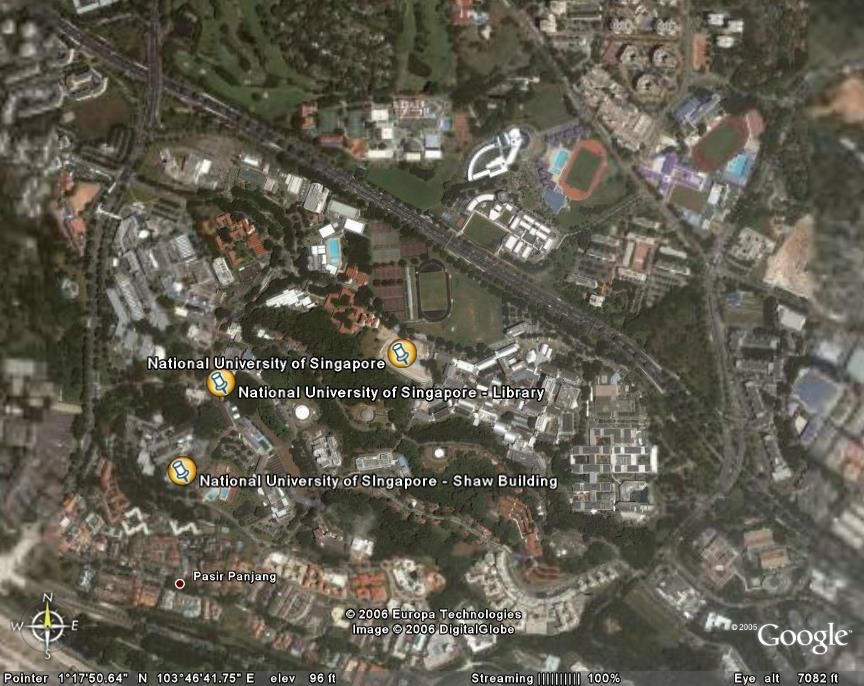
national university of singapore
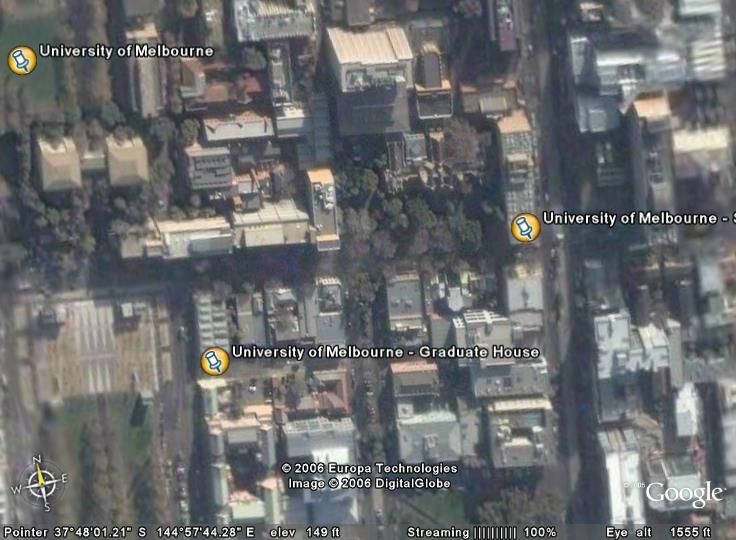
university of melbourne
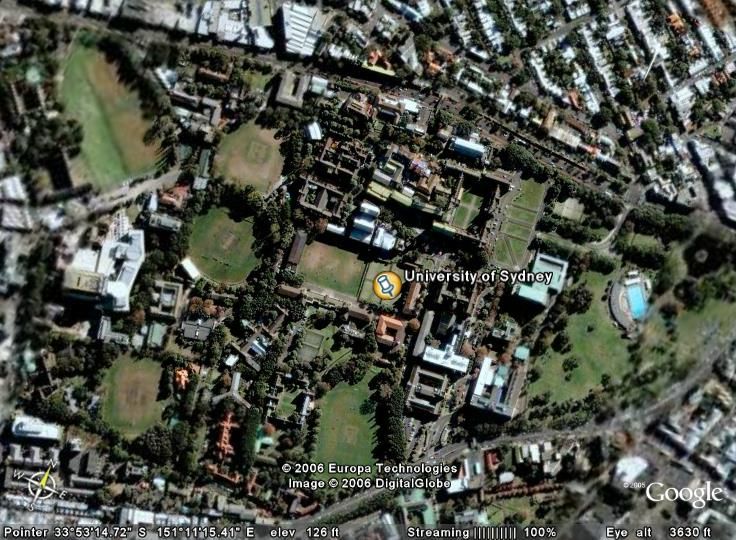
university of sydney
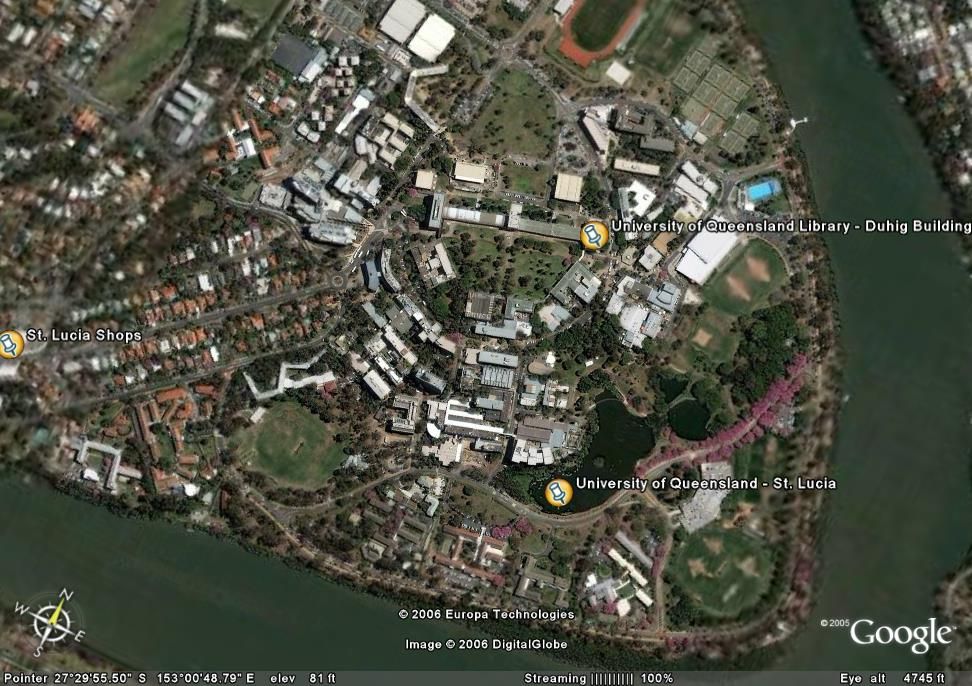
university of queensland
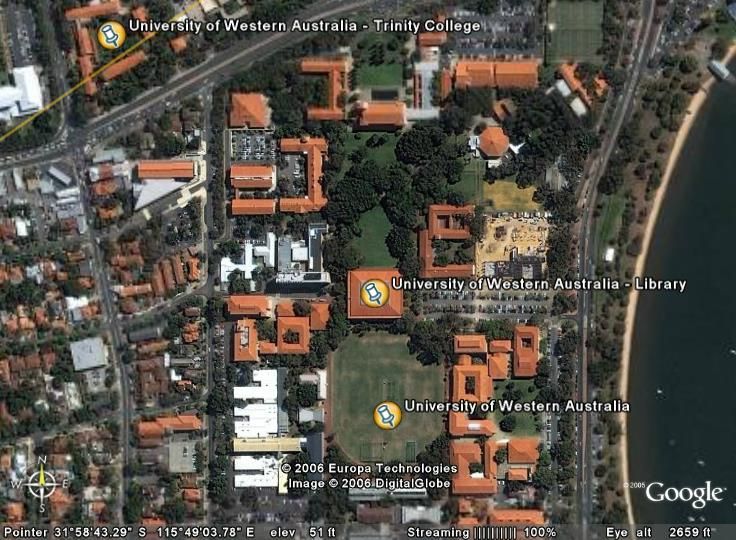
university of western australia
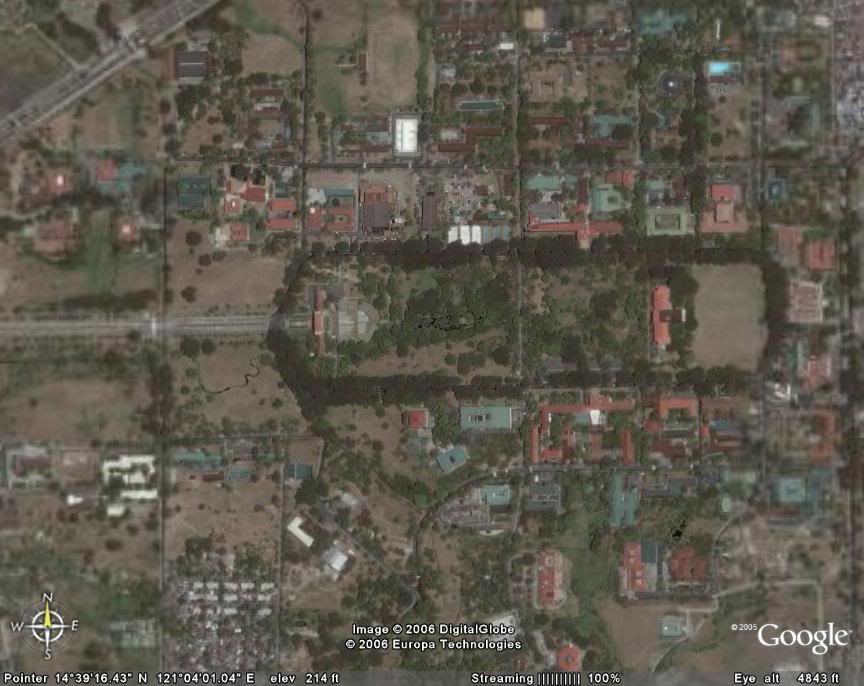
university of the philippines (diliman)
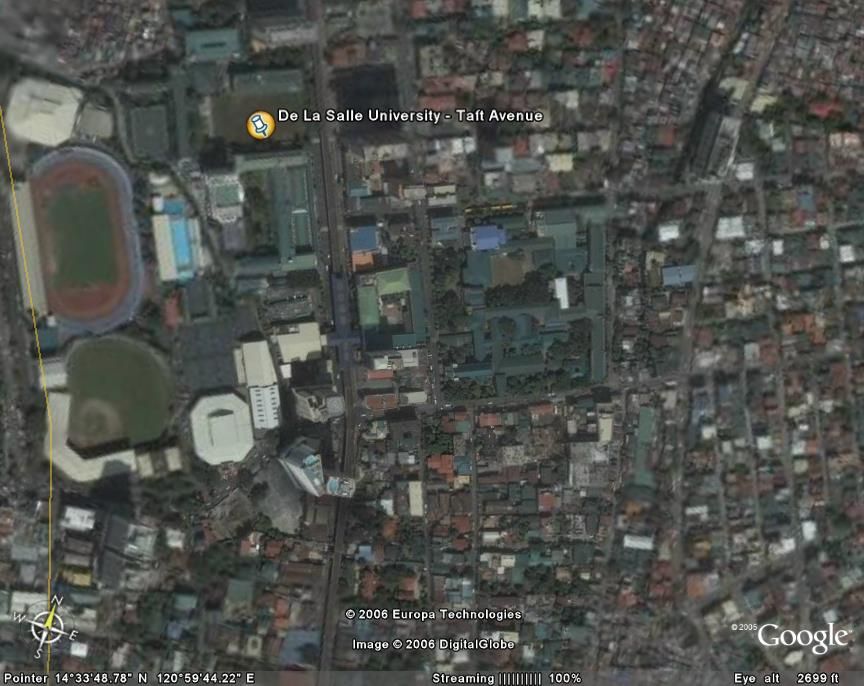
de la salle university
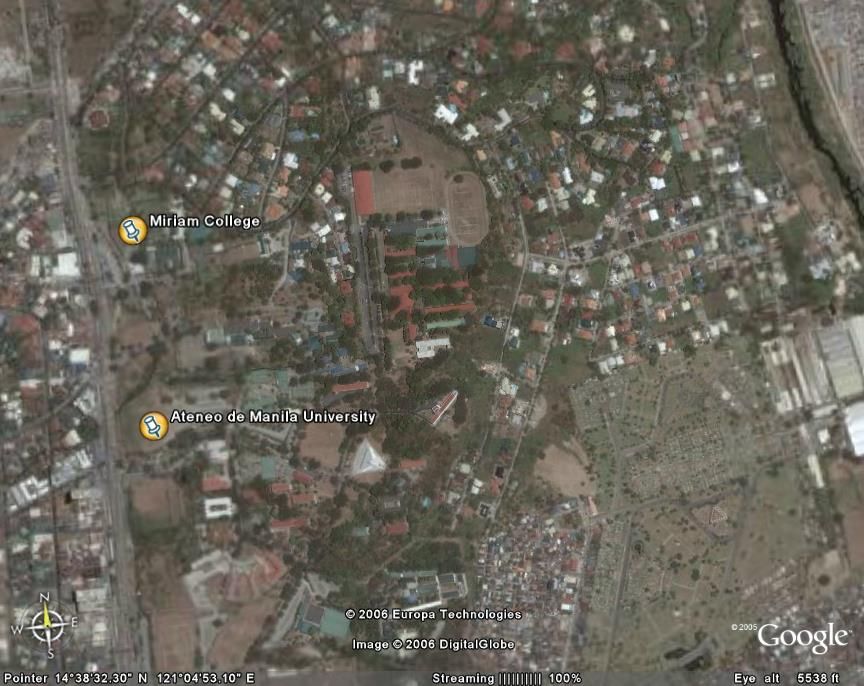
ateneo de manila university
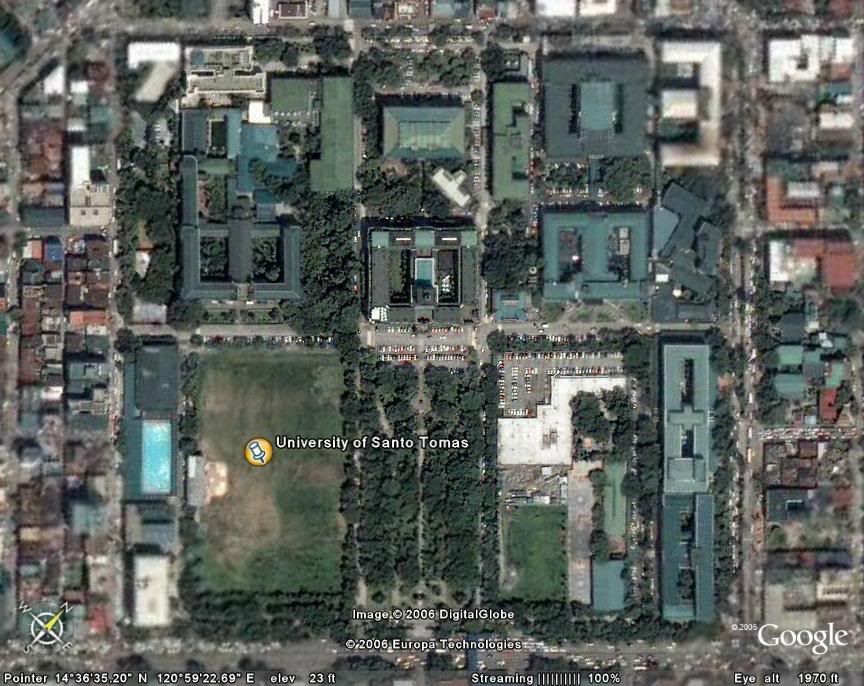
university of santo tomas
Labels: rankings of universities, the times higher supplement, top universities, world's best universities
